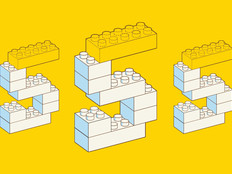Why Universities Need CAT 6 Cabling for Wi-Fi 6
It’s a dilemma that all enterprise-level companies and organizations are contemplating right now, given the costs and planning involved in deploying new cabling. However, the advantages to deploying CAT 6 and 6A warrant that consideration.
Wi-Fi 6 has a theoretical maximum speed of 9.6 gigabits per second, CAT 6/6A, with its ability to handle network speeds of up to 10Gbps, is a way for universities to ensure cabling infrastructure is ready for the increased bandwidth demand that’s sure to happen in the coming years. CAT 5E can theoretically handle up to 1Gbps, which is more than most applications need now, but with more potential for cross-talk than CAT 6/6A.
“If you think about the requirements of Wi-Fi 6, the two high-level design factors are really around Power over Ethernet and performance,” says William Choe, vice president of product management for HPE Aruba Networking, who works with corporations and universities to plan and deploy infrastructure upgrades.
“As enterprises go to Wi-Fi 6E, the real breaking point is around 5Gbps,” he says. “Although CAT 5E is supposed to work, the distance and the temperature and even the cable gauge have an impact on reliability, often what we call the signal-to-noise ratio. There are all of these environmental factors that impact the quality of the signal and ultimately the ability to reliably provide that 5Gbps of performance.”
Click the banner below to learn more about how to get your campus network up to speed.












